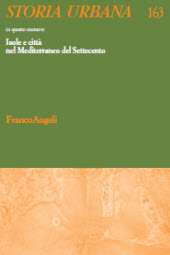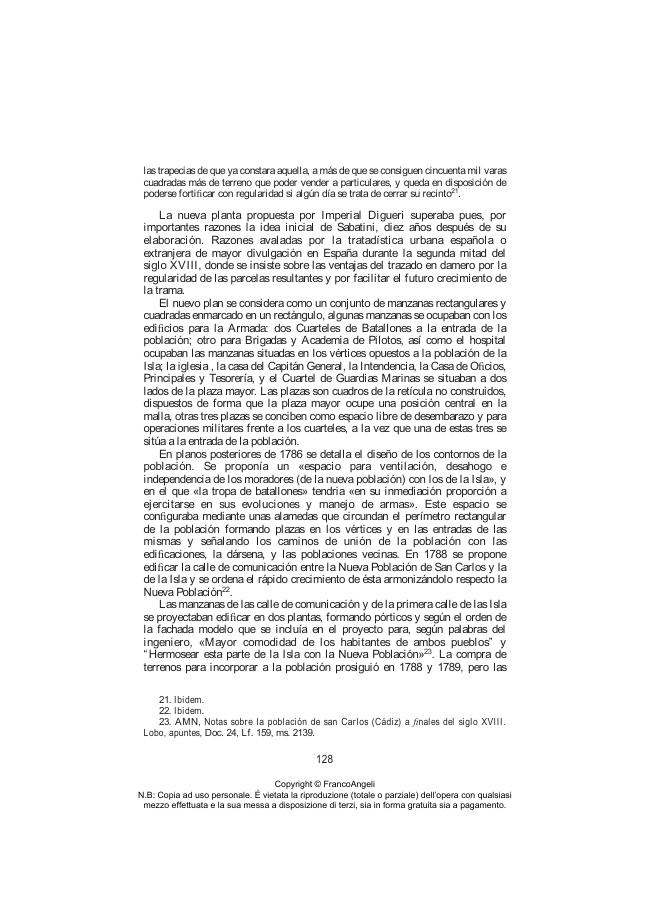Eutopías y utopías : la construcción de lugares ordenados en la costa española a finales de siglo XVIII
117-139 p.
It was a common belief that to create a good place to live, it had to be based on a geometric, spatial and social order. The literary genre sponsored by Thomas More describe the organization of these places, so the first Italian edition was entitled Eutopia (good place). Yet the emphasis of More's work was more focused on the description of singular, isolated, unlike places, uneasy to perform, but possible, at least, in fiction, and, in any case, alternative to the known spaces, as they did not suffer from their own defects.
It was then that the name of Utopia (nowhere) and its meaning prevailed to define the book as a trial of social criticism. Meanwhile, rulers, mayors and engineers proposed different territorial organizations for cities that were appropriate places to live. Moreover, if they were located in isolated places, because they were not "infected" by other settlements, they incorporated a greater chance of success. In the second half of the 18th century, some"public"institutions promoted the projects for new cities located on islands. The Navy projected its headquarters, San Carlos, on the Island of León; the State Council built up Nueva Tabarca on the Isla Plana; the Santiago Defense Board provided the construction of Ons, in the Ría of Pontevedra. These three case studies allow, through the history of their foundation and their initial development, to compare the suitability of their urban forms in line with their situation in isolated territories. [Publisher's text].
Fait partie de
Storia urbana : rivista di studi sulle trasformazioni della città e del territorio in età moderna : 163, 2, 2019-
Articles du même numéro (disponibles individuellement)
-
Informations
Code DOI : 10.3280/SU2019-163007
ISSN: 1972-5523
DISCIPLINES
KEYWORDS
- Utopia, Nuova Tabarca, Isola di Ons, Regno di Spagna, XVIII secolo
- Utopia, New Tabarca, Ons Island, Spanish kingdom, 18th century



